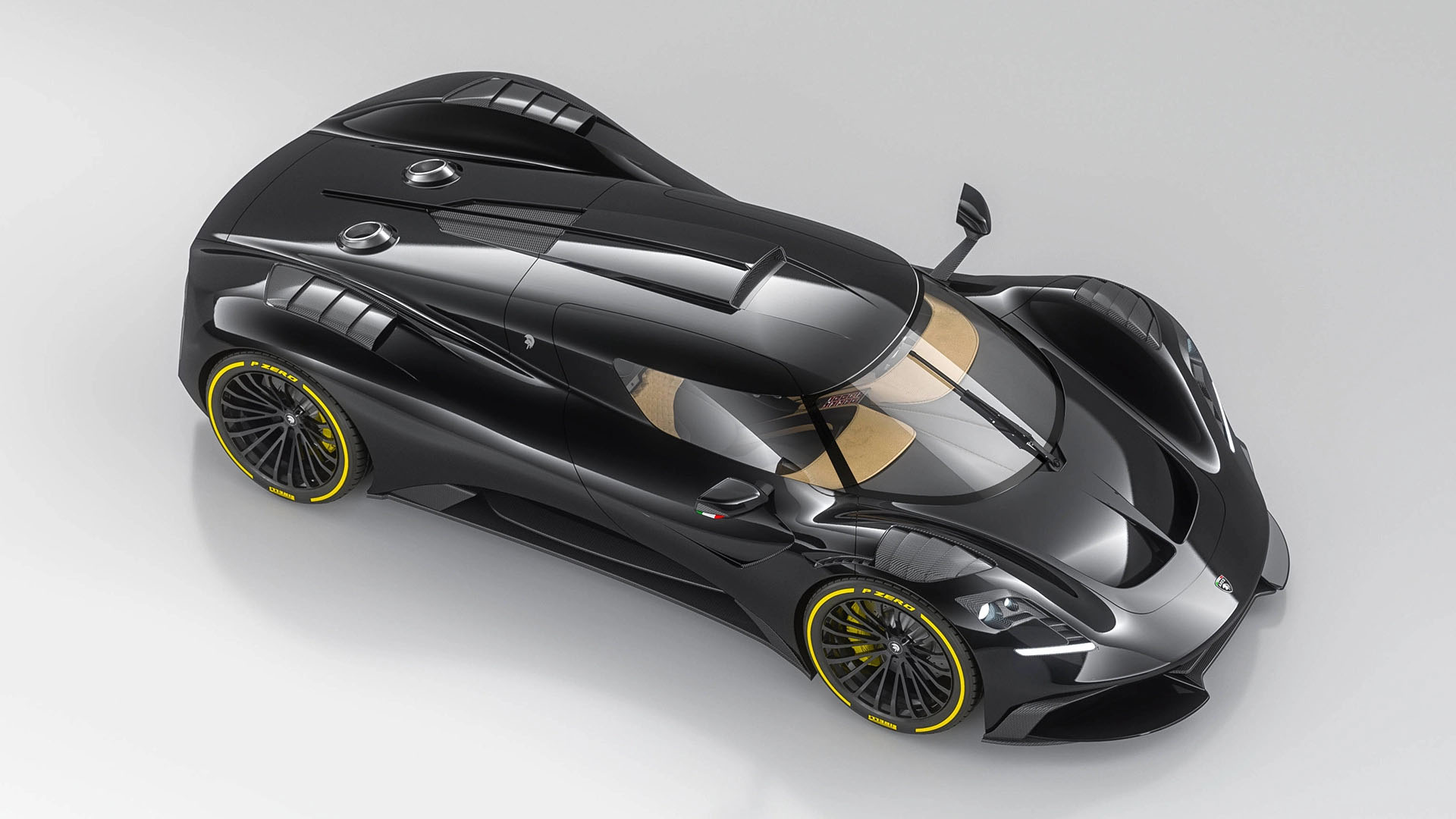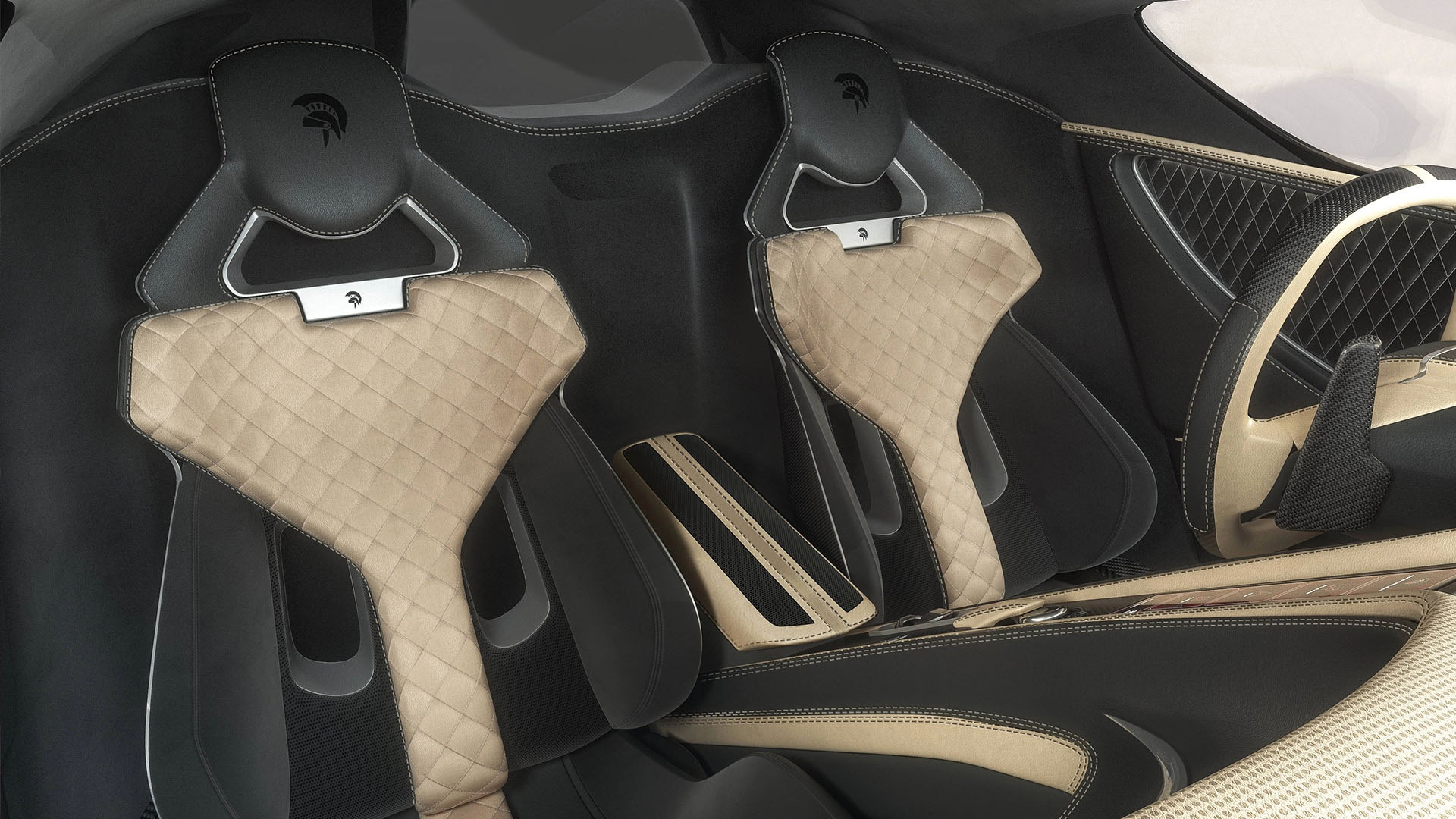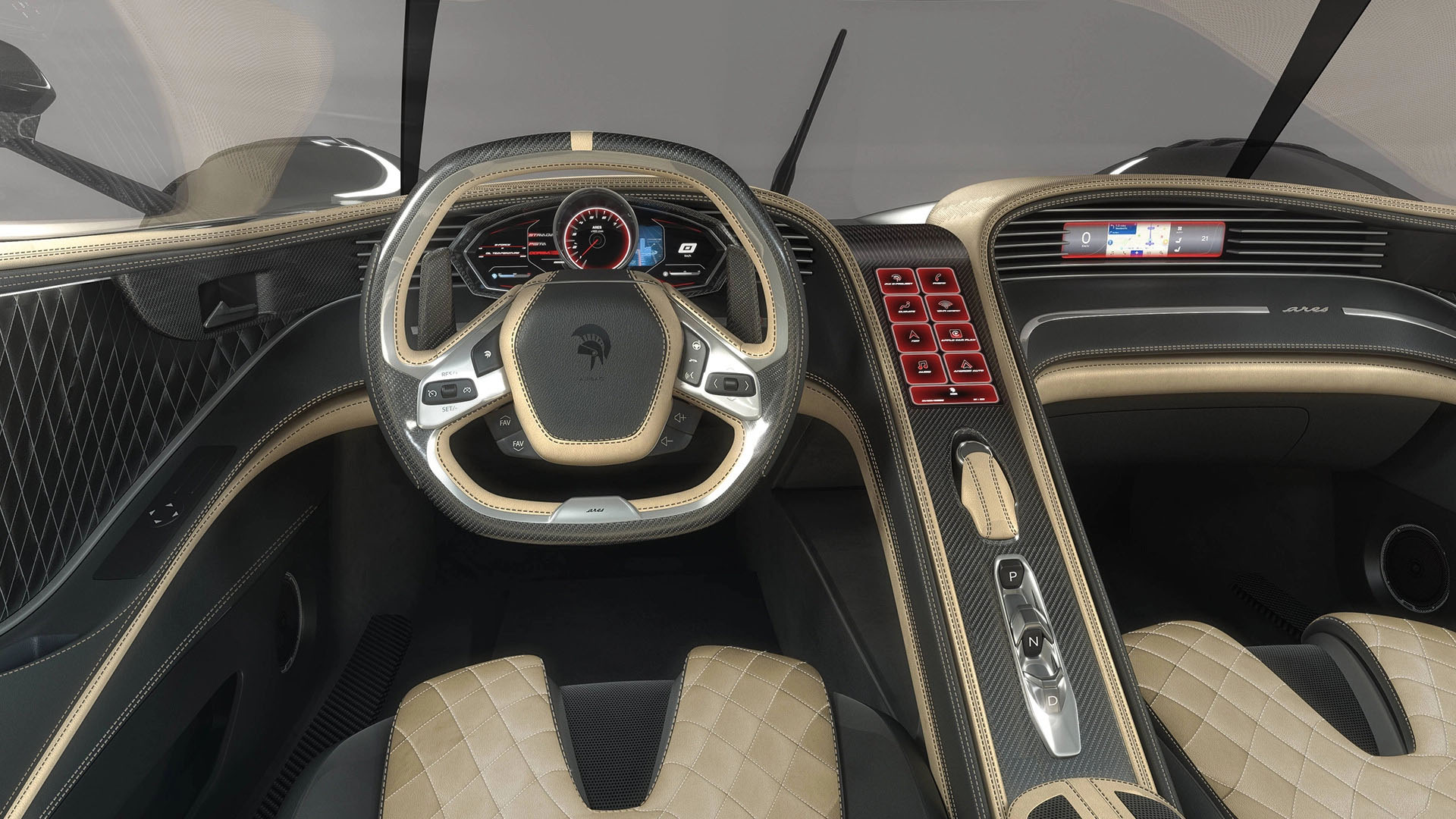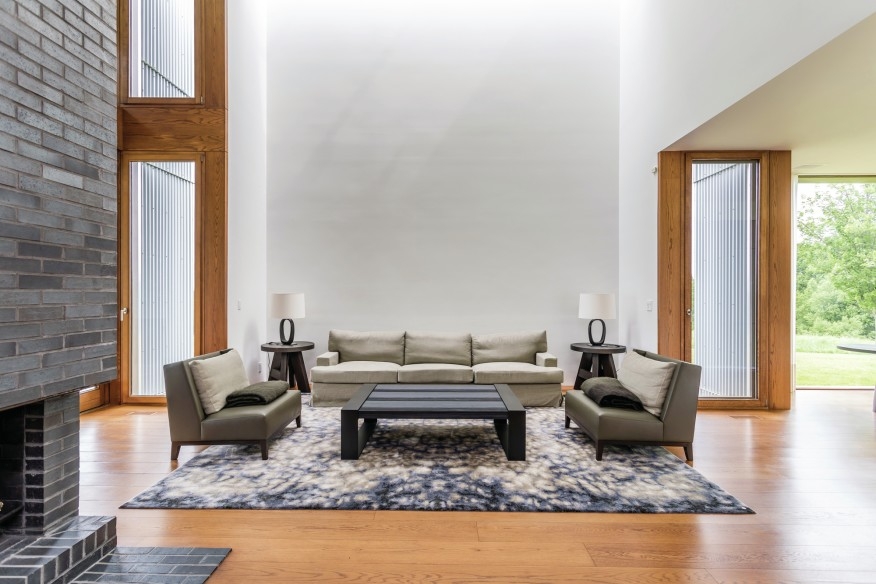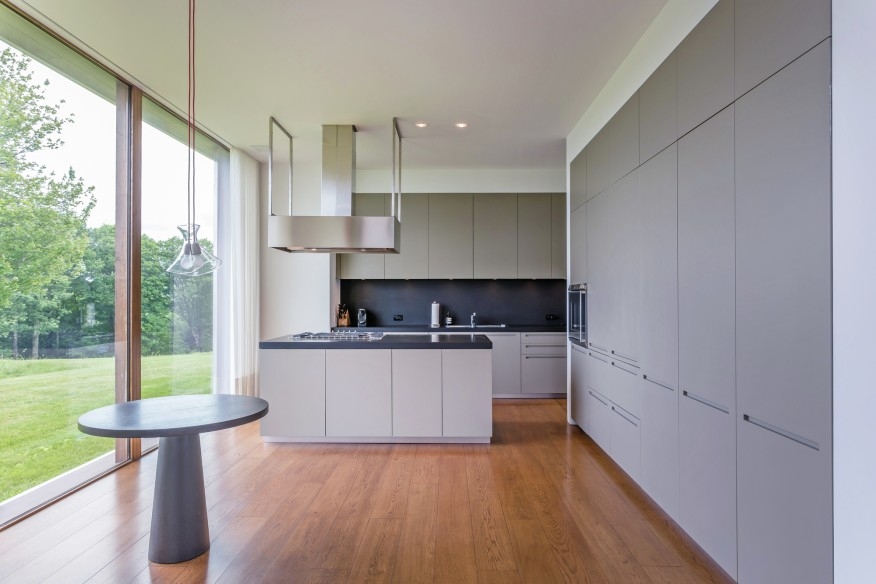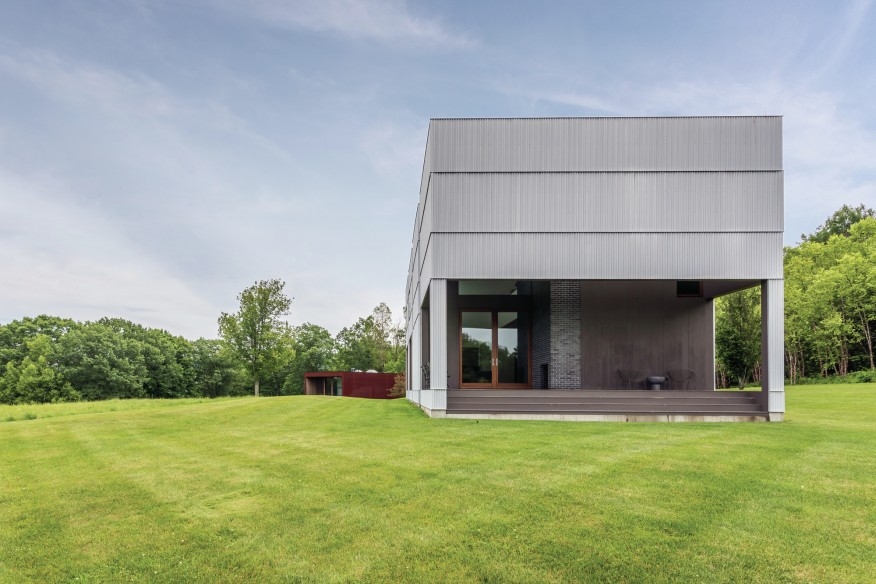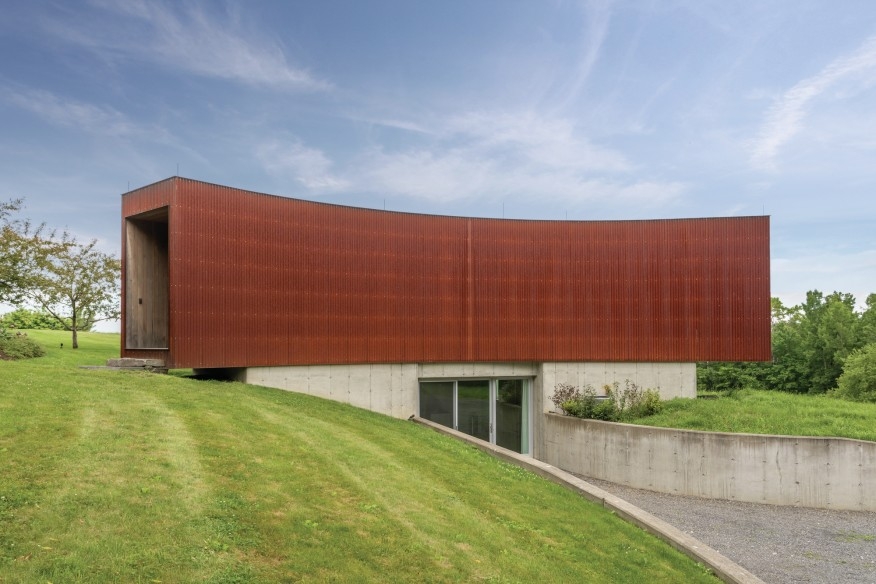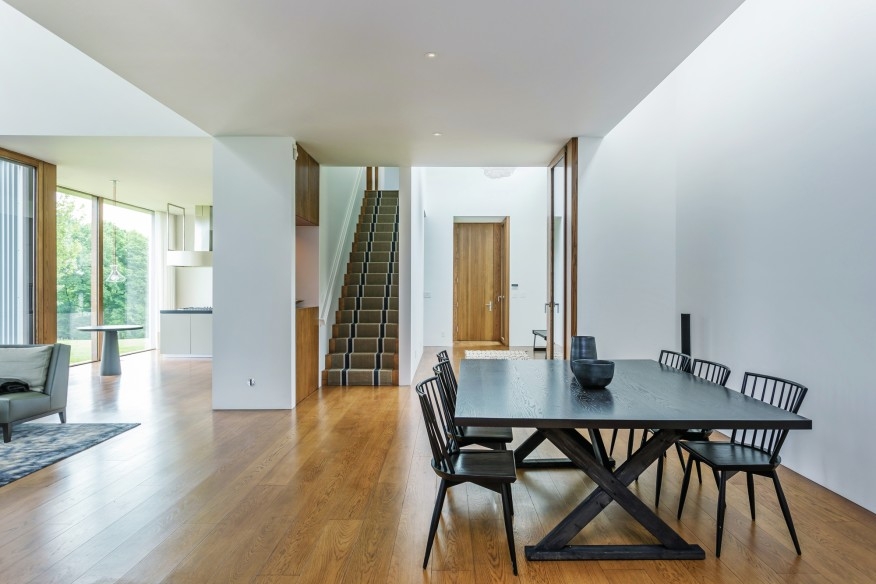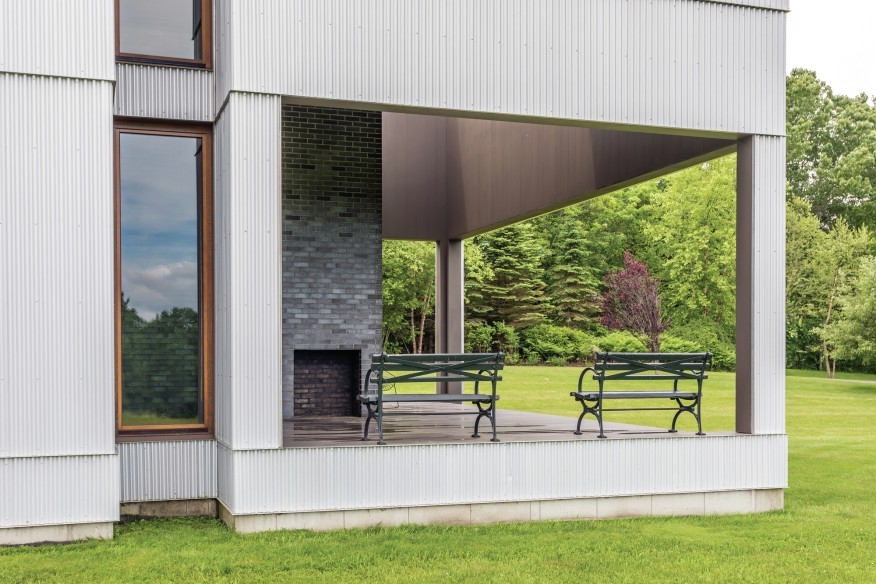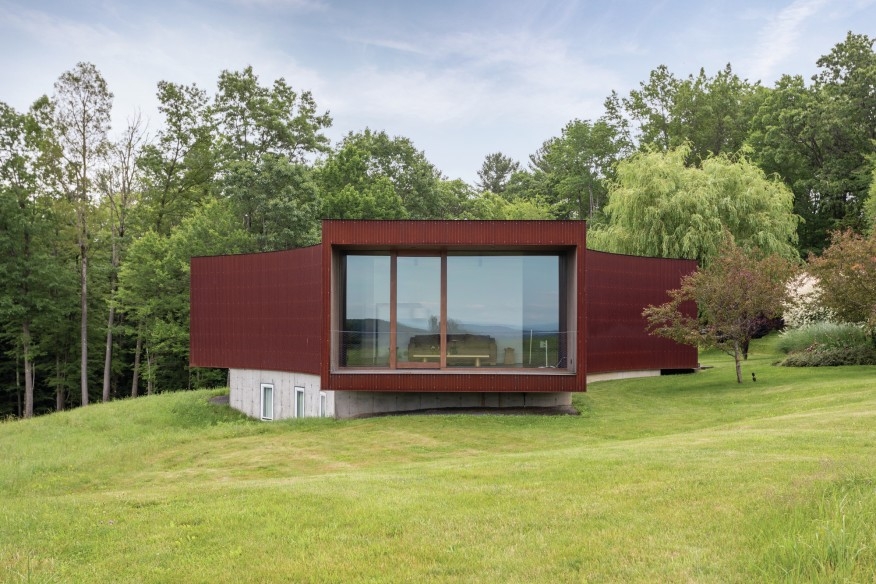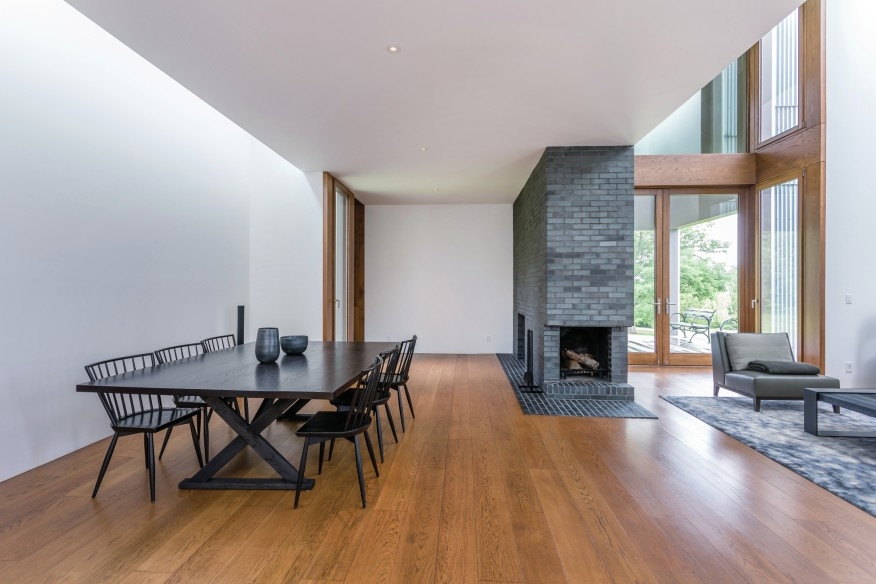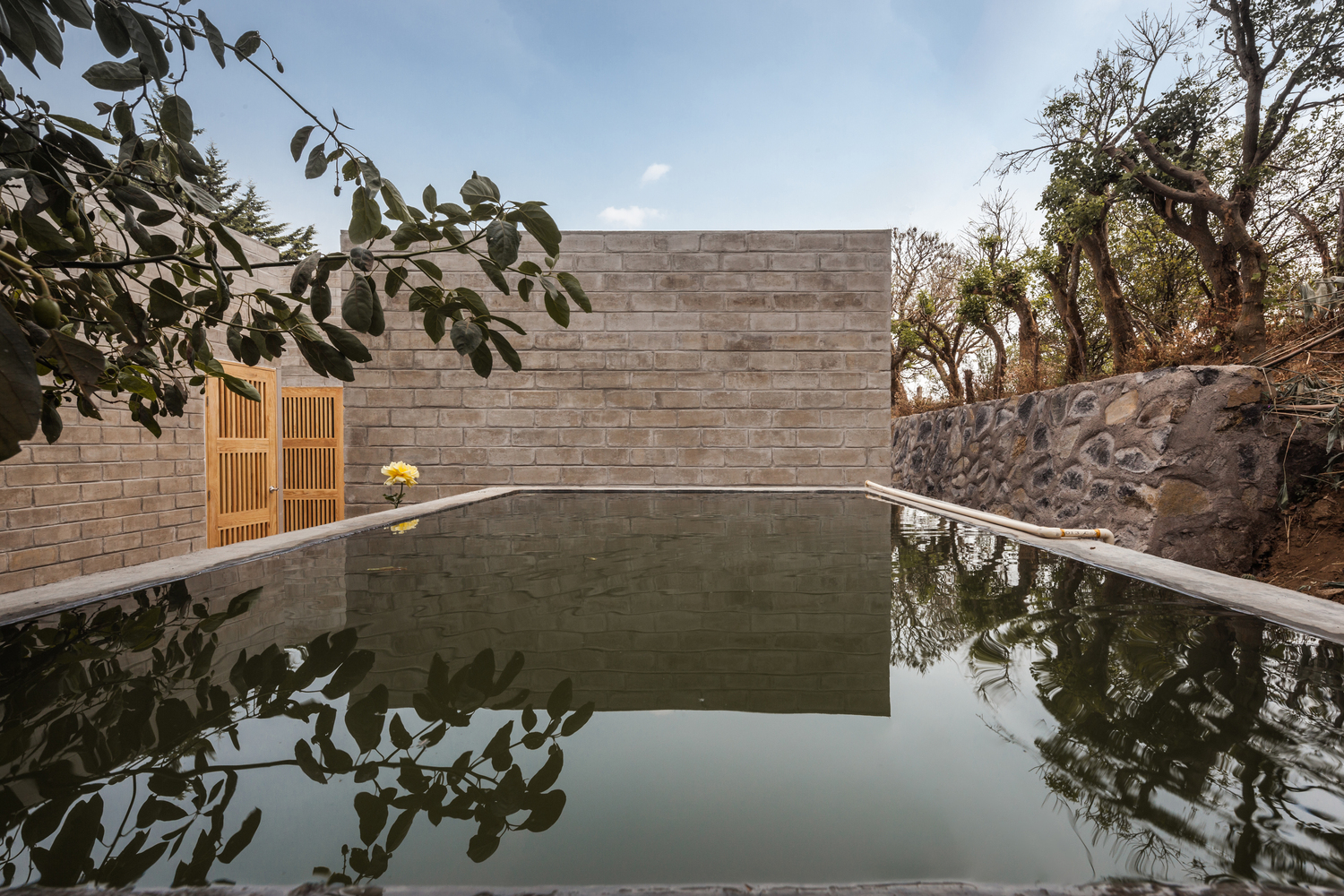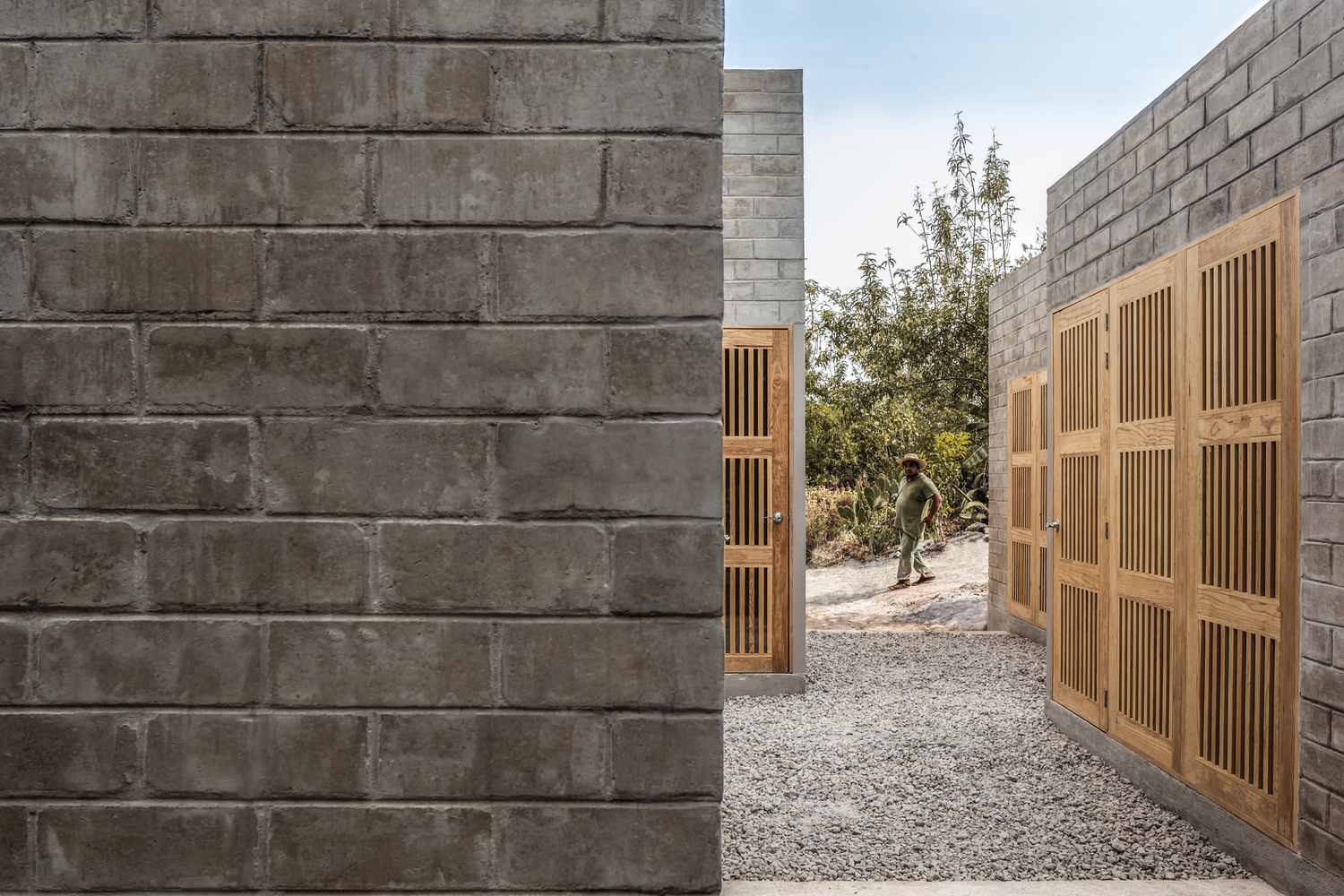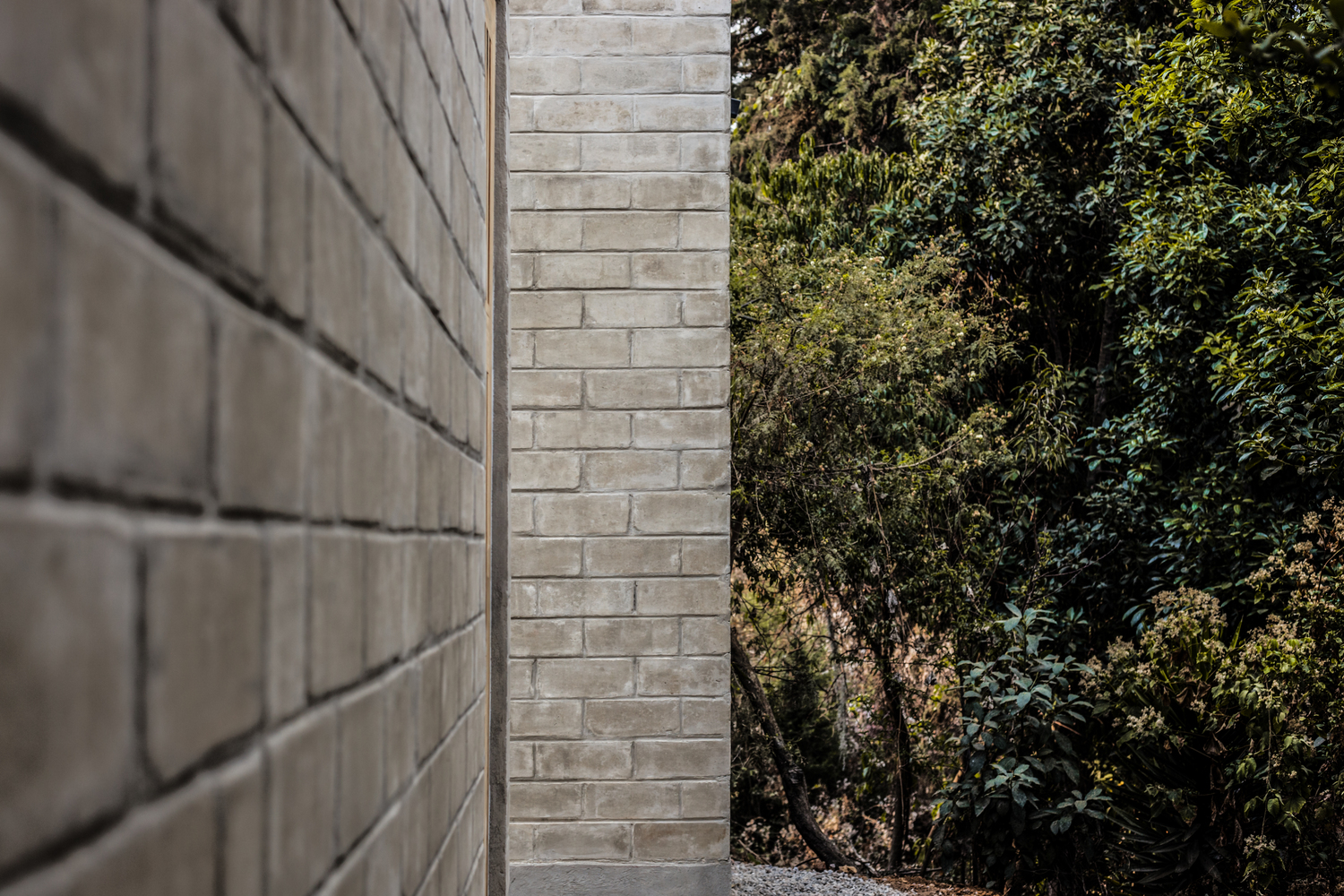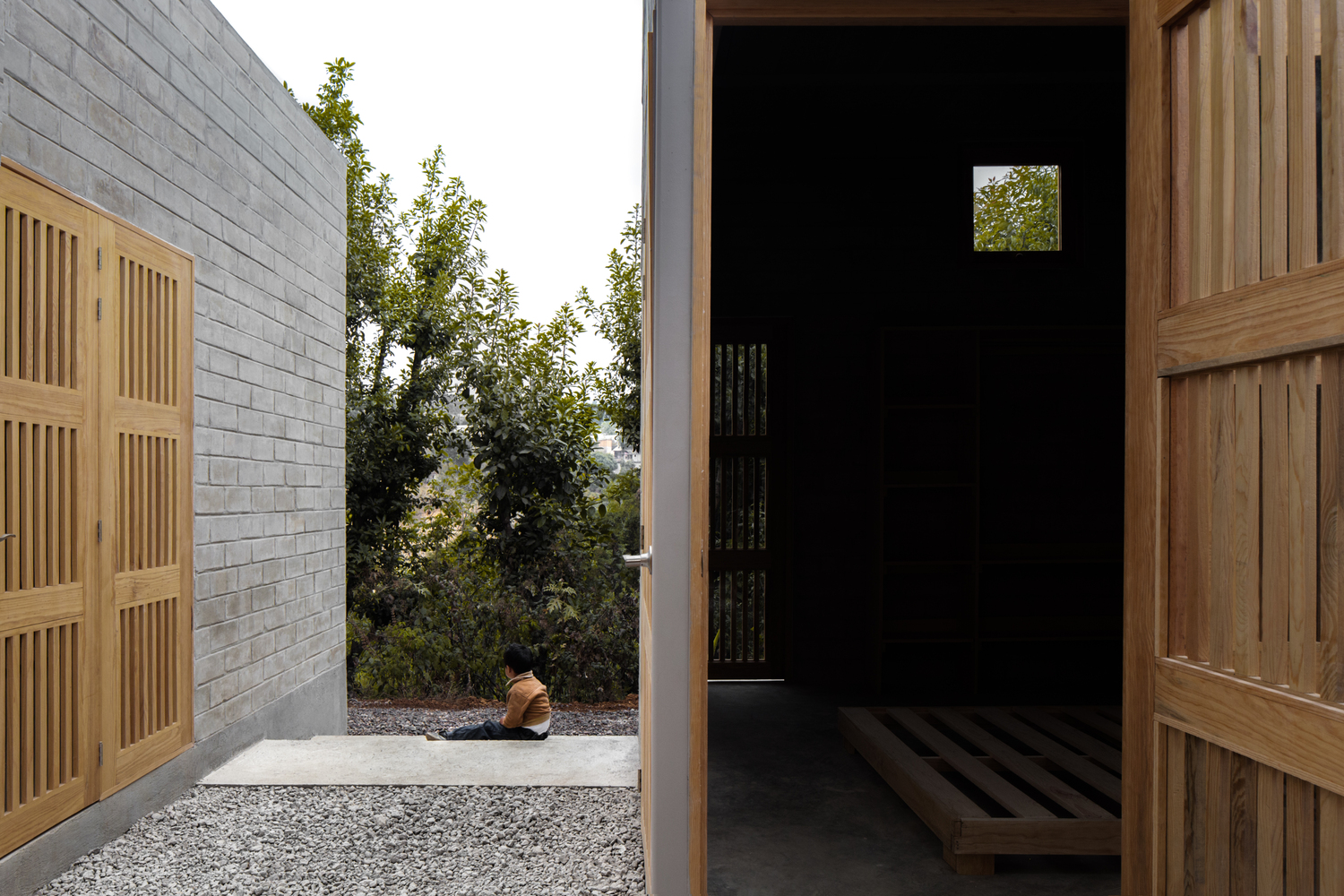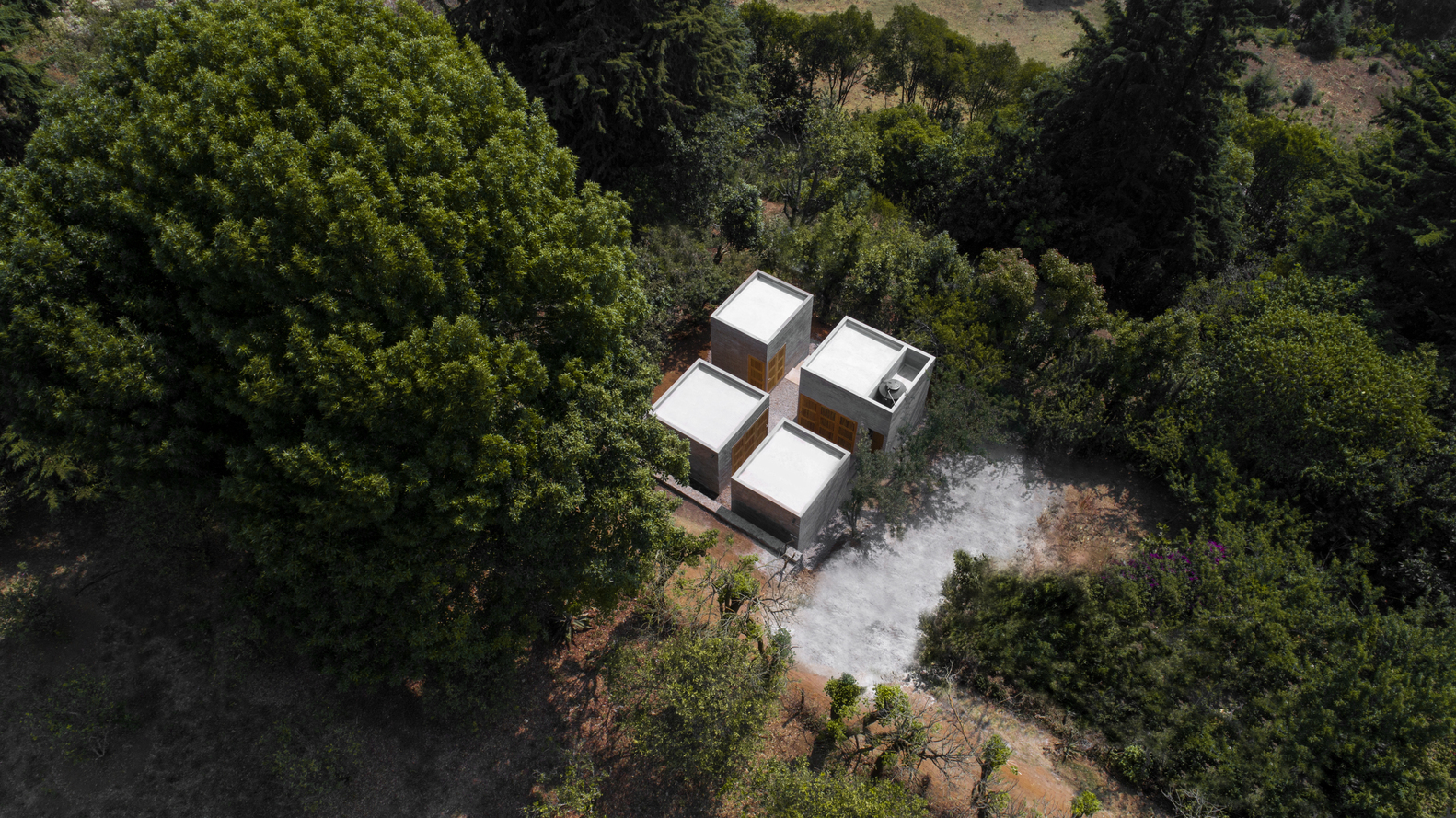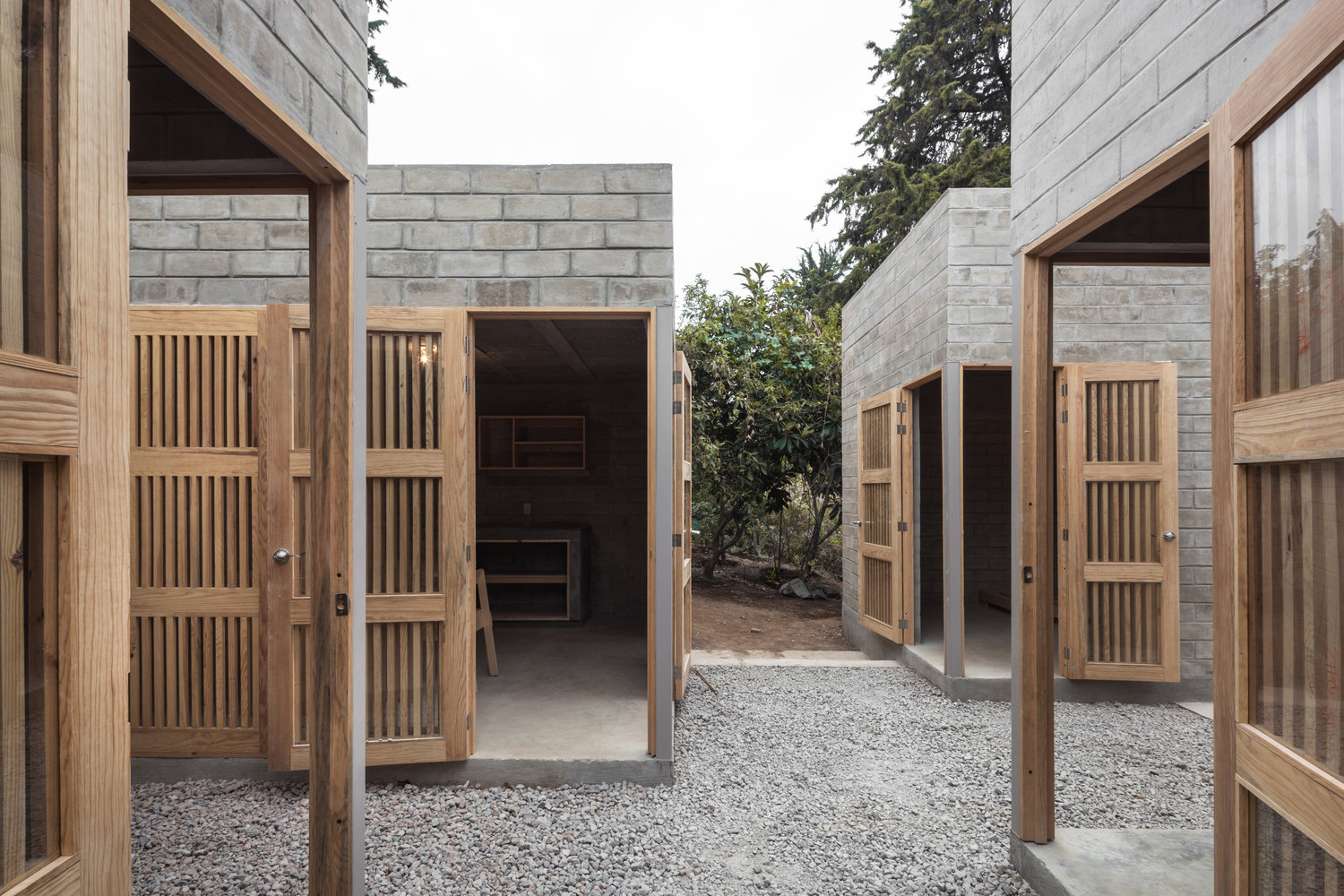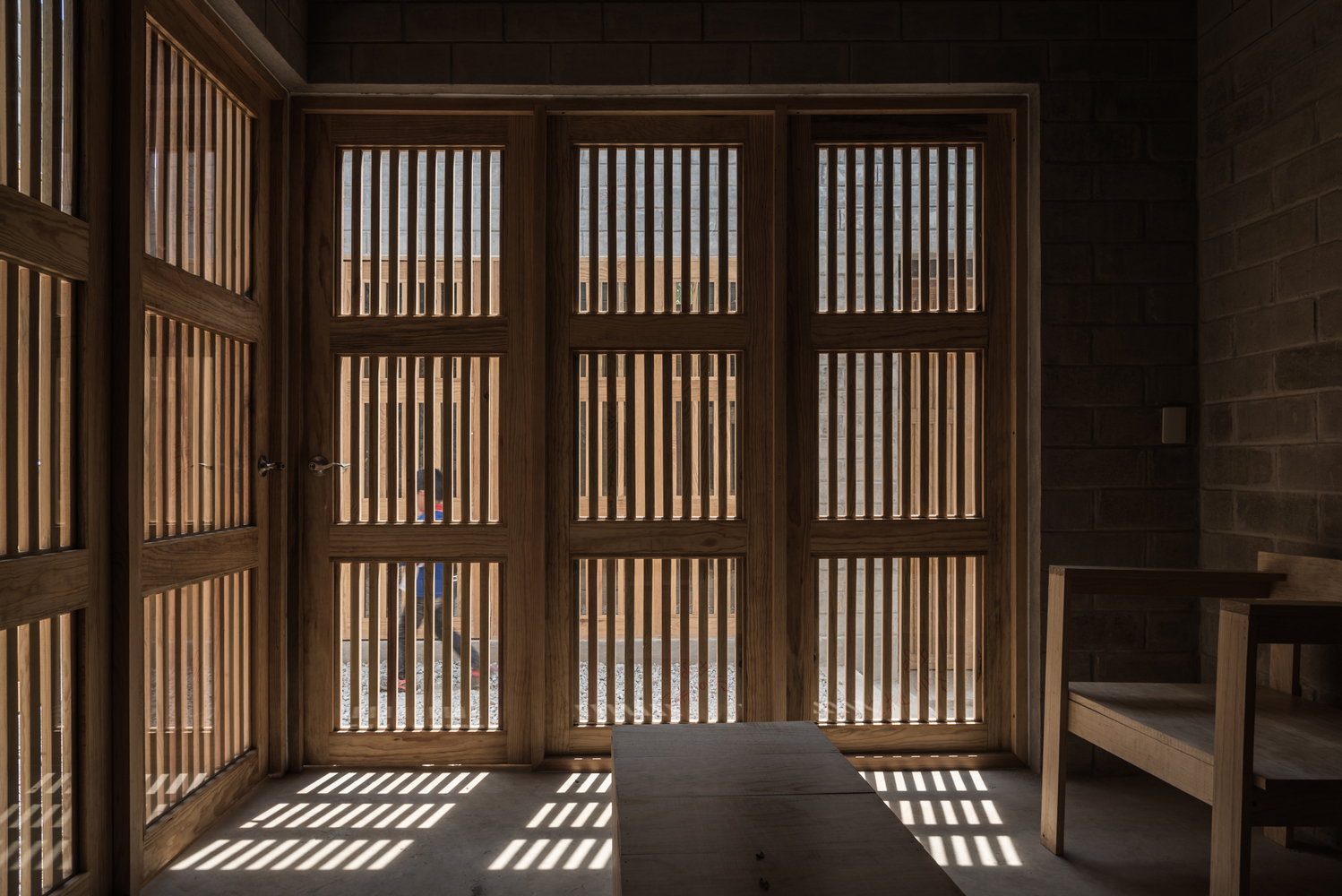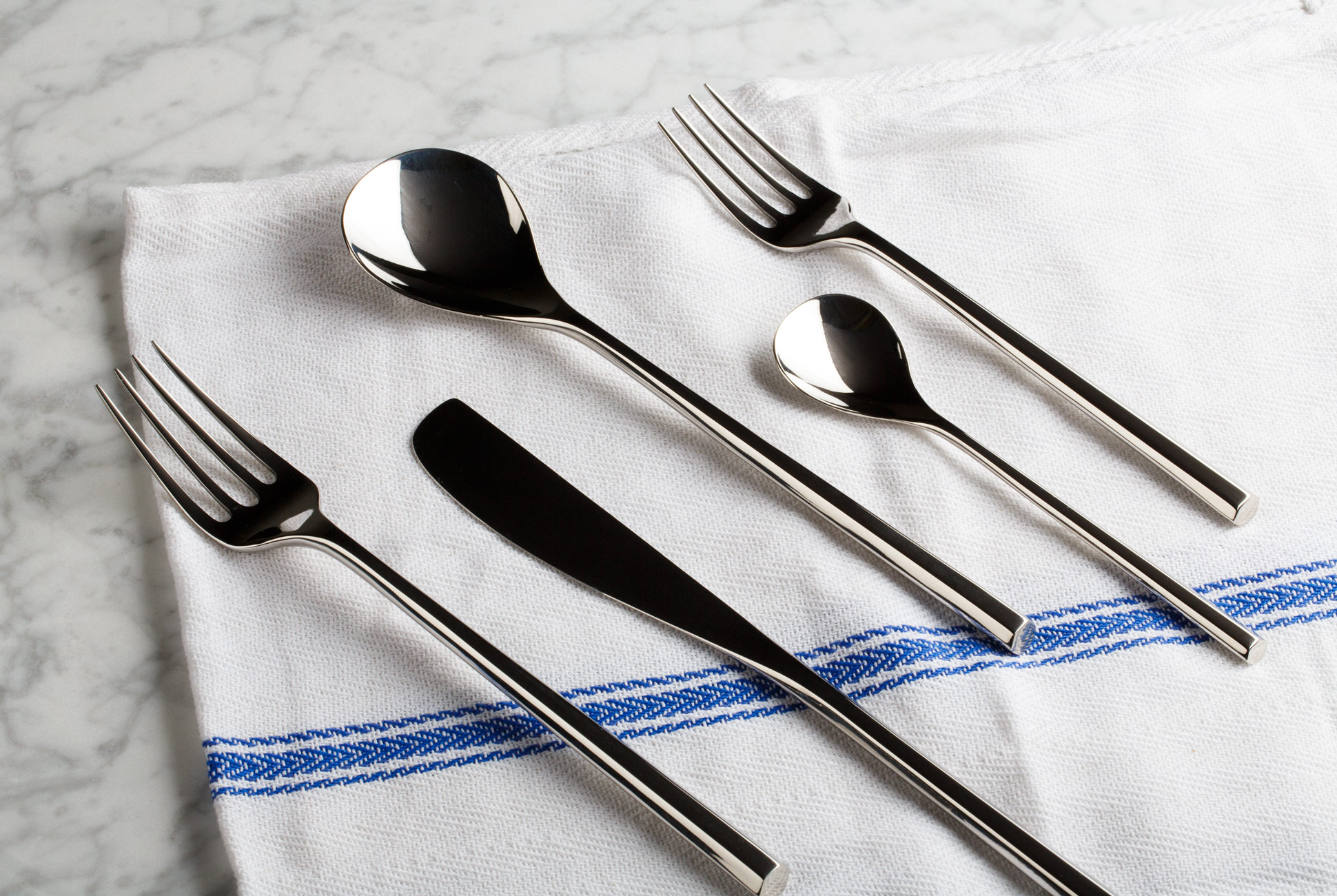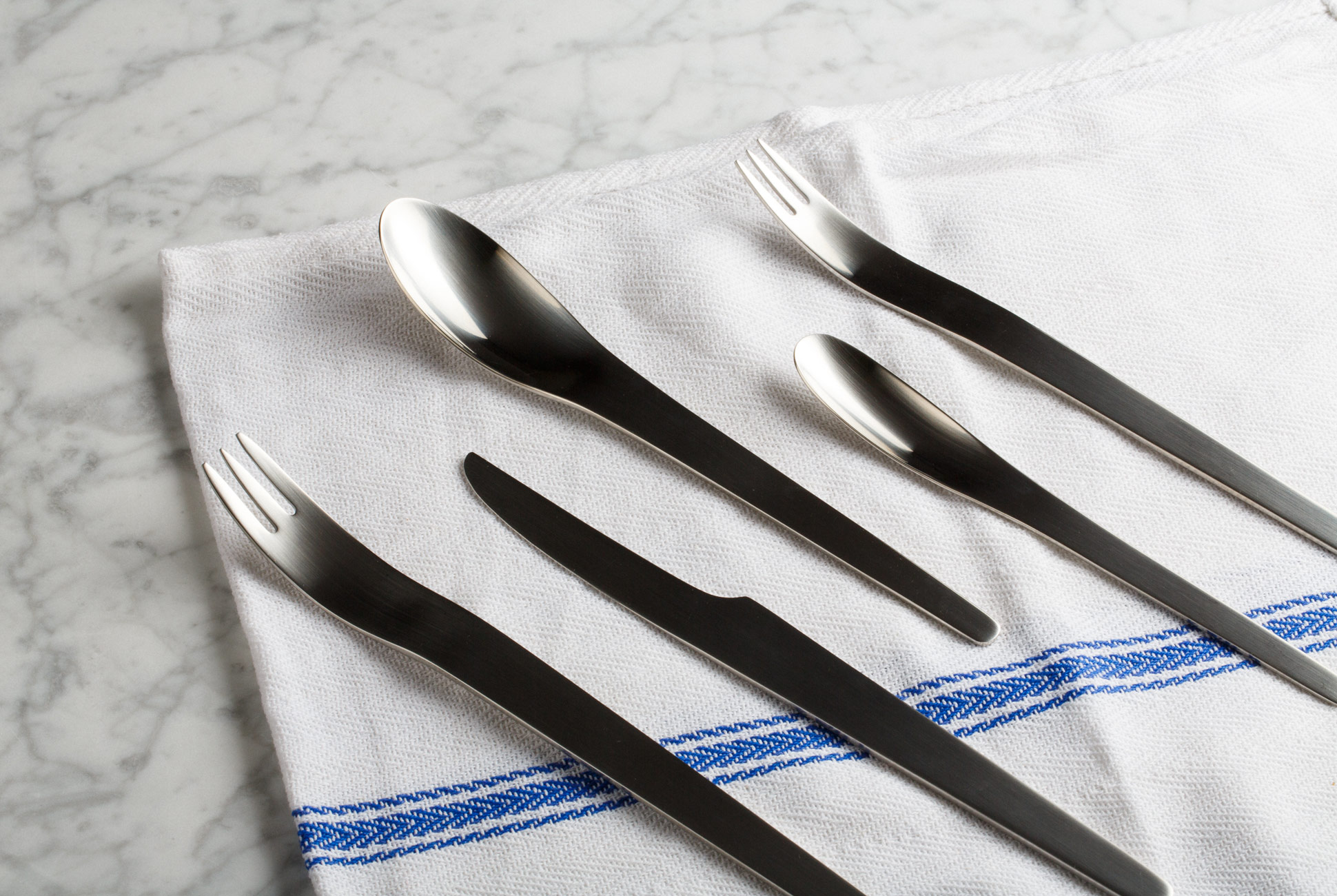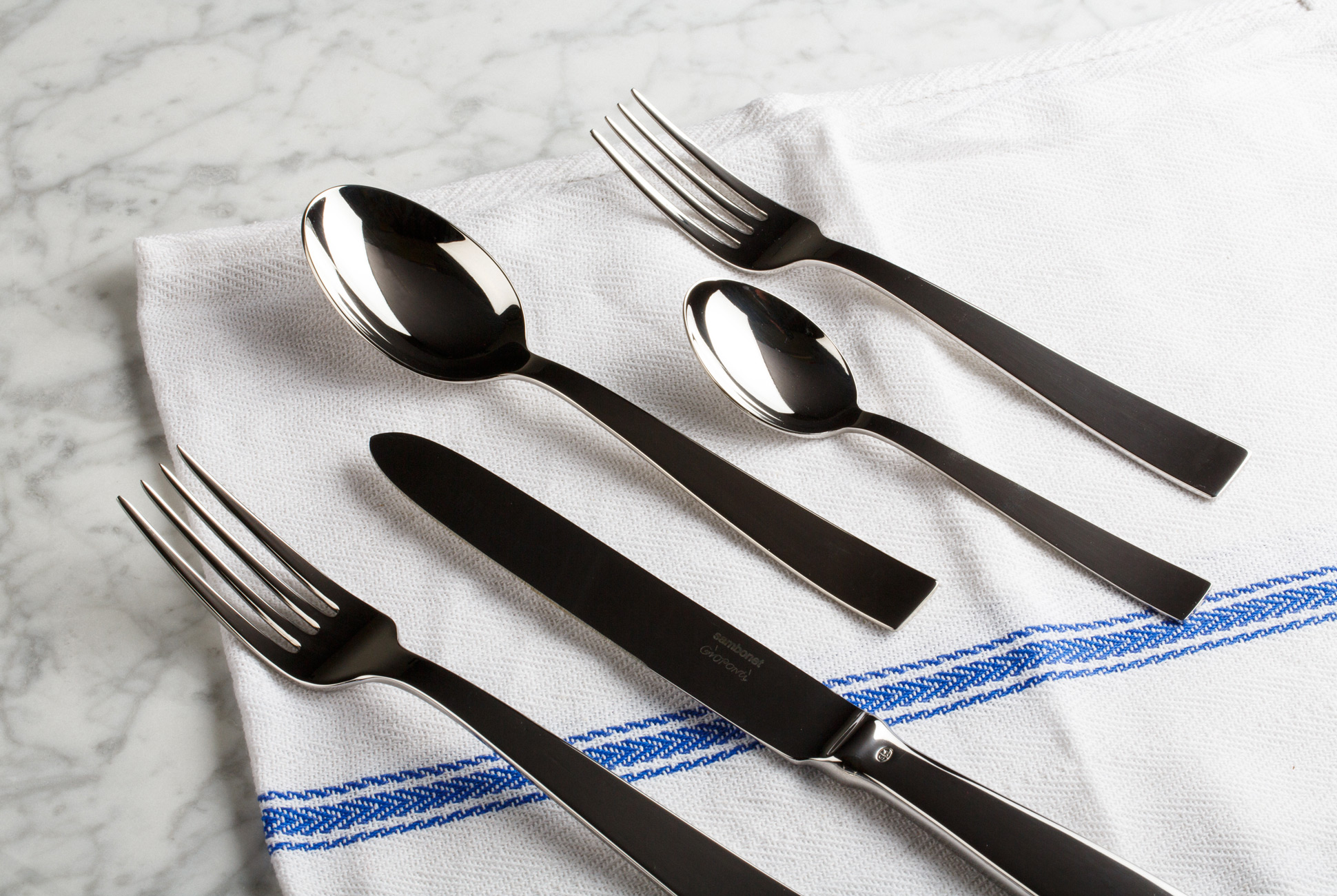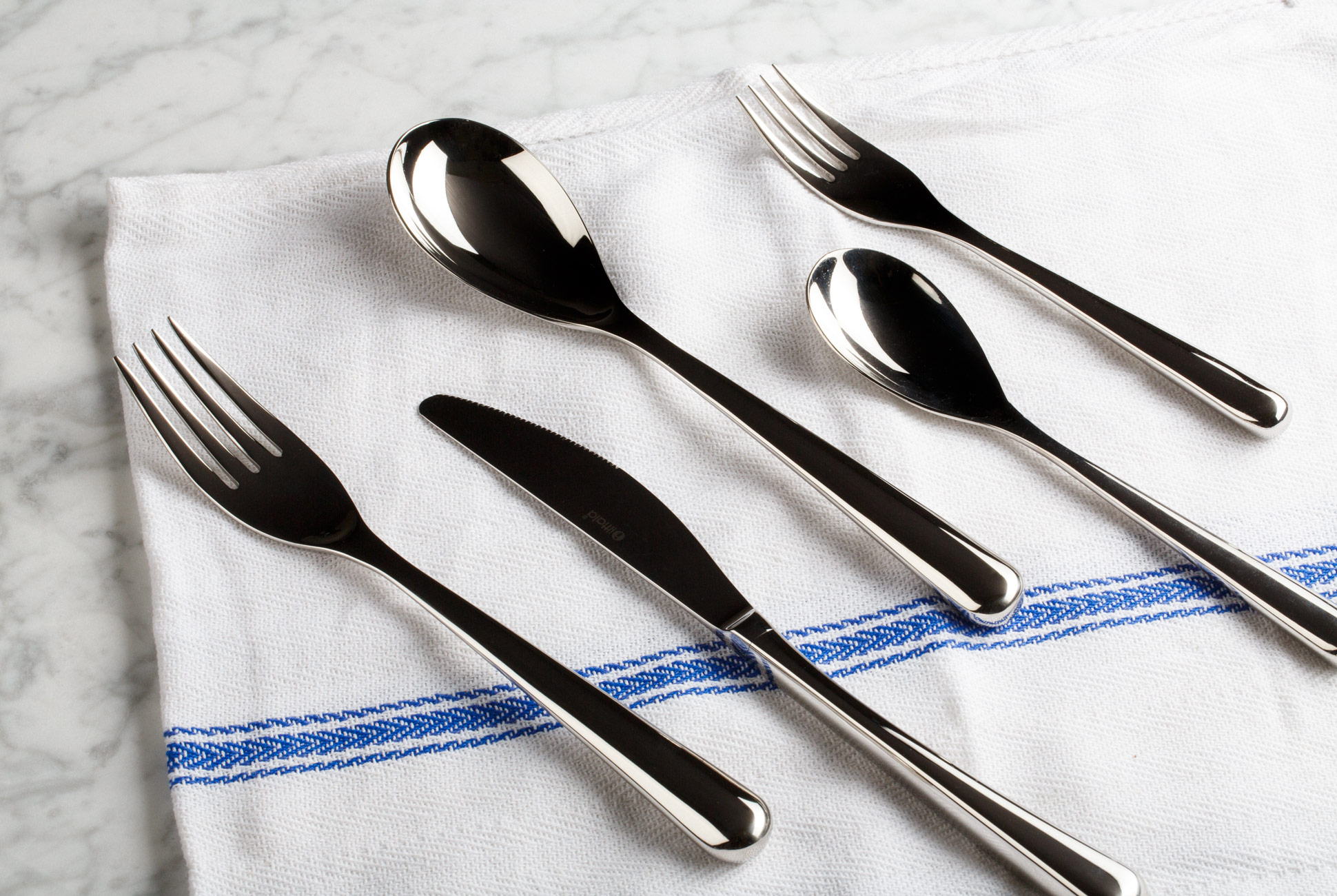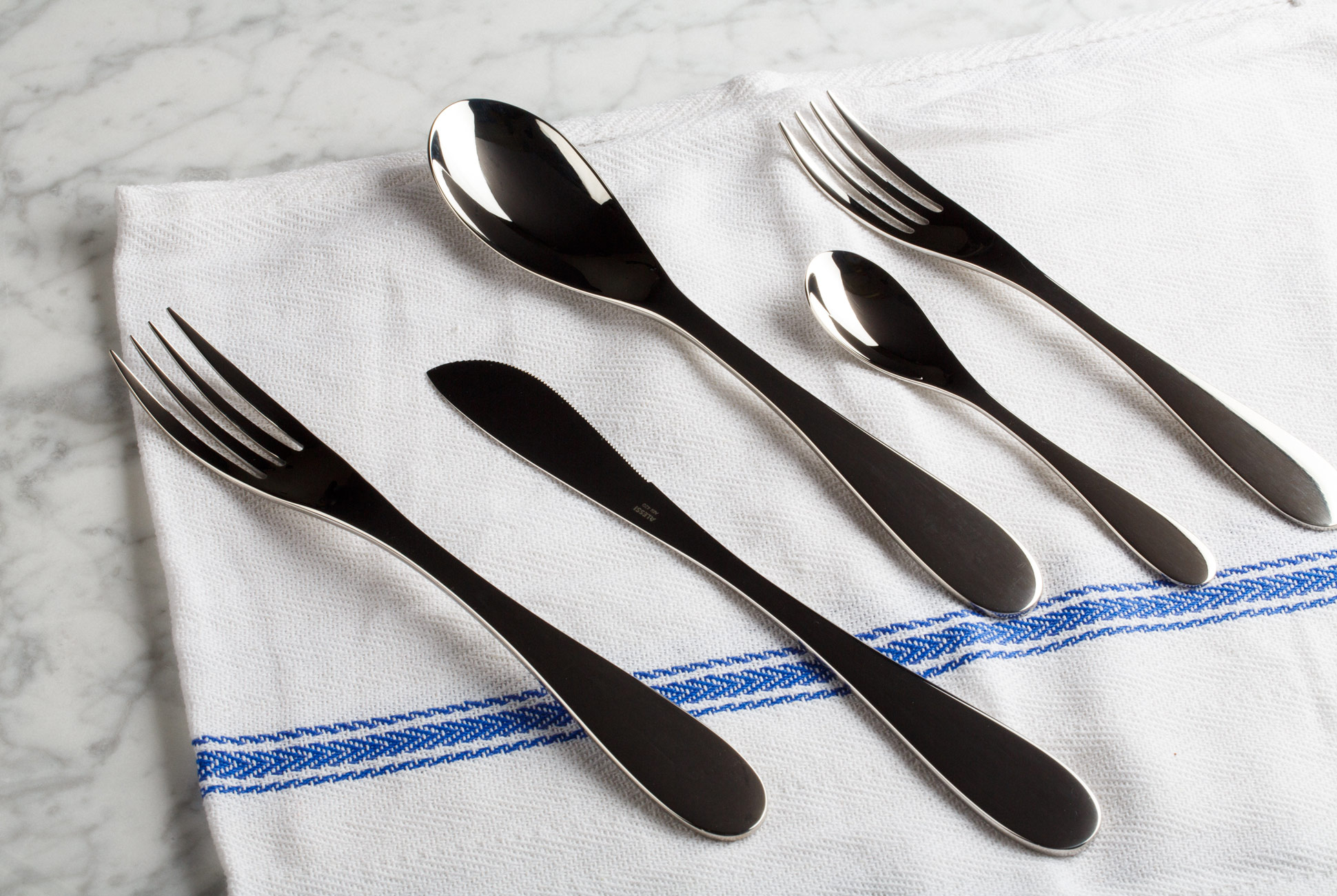Richard Grace, inventor of one of the greatest tools the kitchen has ever seen, neither knows how to cook nor cares to learn. In the mid-’90s, he set out to make a wood-carving rasper and ended up with a culinary masterpiece called the Microplane: a cheese-grating, citrus-zesting, nutmeg-dusting revelation that today costs as little as $11 on Amazon. He’s an inventor in the truest spirit of the word, someone who treats ideation as a profession, not a calling. He doesn’t speak in buzzwords and has never hosted a TED Talk. He simply makes things and finds uses for them later.
“My father gets bored very quickly and he’s always thinking of different ways to solve a problem,” said Chris Grace, Richard’s son and the CEO of Grace Manufacturing, the family business that oversees Microplane. “Ask most people how many uses they could think of for a paper clip, they’d give you maybe half a page. My father might give you 10 pages. He’s still coming up with uses for that etched tooth.” He was referring to the dozens of razor-sharp, jagged teeth found on every Microplane.
When I asked Richard, at Microplane’s Arkansas factory, about potential uses for the tool, he leaned back in his chair, cracked a small grin and let loose: wall-hanging art, fasteners, interlocking washers, horseshoes, stints, medical instruments for optical surgery, table-saw blades and stainless steel sandpaper — which, according to him, would’ve worked if not for a tester using it improperly and hurting themselves. But never once did he expect the photo-etched tooth to make its way into the kitchen.
Microplane was conceived in a conference room in 1991. Back then, Grace Manufacturing was in the business of making small photo-etched parts for mechanical computer printers. Then the dot-matrix printer arrived, spelling an all-but-certain demise for the family business. The end in plain sight, Richard, his brother and a team of Grace’s brightest sat down in a whiteboard-filled room to brainstorm what they might do to stave off oblivion. “That was the cool term at the time, ‘brainstorming,’” Richard said.
The family was well-trained in the process of chemical photo-etching metals, and, as they had observed many, many times, the finished products were often exceptionally sharp. Richard swore he was buying Band-Aids “by the bushel.” So, as he tells it, “All those hours spent drawing up whiteboards, and we decided we were going to make something sharp.”

Richard Grace came up with dozens of uses for razor sharp photo-etched teeth but never once did he expect the to make its way into the kitchen.
The practice of chemically photo-etching was paramount to making parts for that bygone era of computer printers. Essentially, a film (not unlike camera film) is placed on top of sheets of metal, and an image (of a blade, for instance) is exposed on the film. The sheets are then sprayed with a chemical compound that dissolves all exposed areas of the image. The only serious thing left to do after that is punch your newly formed blades out.
This, according to Richard, is not all that difficult. “Give any real engineer half an hour of explaining and they could teach a seminar on it,” he said. Chris and Microplane’s VP of sales and marketing, Joel Arivett, don’t necessarily share this opinion.
Richard and his team set out to make a tall, thin blade with dozens of rounded, razor-sharp, photo-etched edges for the express use of carving and shaping wood. And they did; they just couldn’t sell any. “I mean, we probably didn’t make any money for a few years,” Richard lamented. “Not until that article published.”
In 1994, just three years after the original Microplanes were thought up, Lorraine and Leonard Lee, proprietors of Lee Valley Tools in Ottawa — a mail-order catalog that sold tools and gifts for Canada’s woodworking community — wrote the fate of the Grace family business.

Lorraine, a baker with an affinity for Armenian orange cake, wasn’t happy with her old kitchen grater. So she slid her husband’s Microplane over an orange. She was so astounded by the results, she had the description of the product changed in the store catalog to include its effectiveness at this seemingly niche kitchen task. This is how the story, “Test Kitchen; A Gift for the Cook, or Carpenter,” published by The New York Times four years later, began.
Before the Microplane brass could blink, they had become a kitchenware company — whether they liked it or not.
Penned by Amanda Hesser, who later cofounded the award-winning food publication Food52, this 516-word story was to become Microplane’s crossing of the Rubicon, from carpentry to culinary.
“After the Times article, basically everybody who sells anything contacted us,” Arivett told me. “Williams Sonoma; Bed, Bath & Beyond; Sur La Table — everybody. It was almost too much to keep up with.”
Before the Microplane brass could blink, they had become a kitchenware company — whether they liked it or not. Within the first month following the article’s publication, the brand saw its kitchen customers eclipse its woodworking customers ten times over. Microplane, the wood rasp, sold between $300,000 and $400,000 a year; by 2002, Microplane, the kitchen gadget, did that in a month. According to Chris, they weren’t able to project or map the company’s growth. “We’d list the monthly sales goal on the sales floor, and we’d crush it so hard it became worthless,” he said.

Then came an even bigger boom, one fueled by the power of the original kitchen influencers: celebrity chefs. Martha Stewart, Ina Garten, Rachel Ray and virtually anyone that mattered used a Microplane on their shows, calling it out by name for their audience. Julia Child liked the product so much, it earned a permanent spot hanging on the wall of her kitchen, which was later replicated at the Smithsonian. And Oprah’s personal chef, Art Smith, once called it “the most coveted tool in chefdom.”
But for all the brilliance of the original invention and the Grace family business savvy, they still weren’t sure what they were selling. “None of us were cooks,” Chris said when I asked him if the Grace family was culinarily inclined. Richard laughed when I asked him the same question, but he agreed: “I’d say, no, we’re not foodies.”
“We’d go into Sur La Table on business trips and find our packaging all over the floor, but all the Microplanes sold out.”
The product’s original packaging was a cardboard sleeve with no branding at all. Not that it mattered, because the sleeve would fall right off when hung on racks in stores. “We’d go into Sur La Table on business trips and find our packaging all over the floor, but all the Microplanes sold out,” Arivett said.
Around this time, Chris — who had left home for a job at TRW Automotive manufacturing seatbelts for the likes of Ford — made his return to the family business, bringing with him years of mass-volume manufacturing experience gained from working at factories in Mexico. Chris sped everything up, bought a factory in Mexico to assemble the products (the blades are still made in Arkansas) and also pushed Microplane into the European market, where, he only half-jokingly said, “they actually know how to cook.
“Sometimes, on a plane, I tell people what I do and they’ll just explode with joy, thanking me and everything,” Chris went on. “But I can’t help but think, ‘Gosh, it’s only a cheese grater.’”

And though Microplane would turn out to be an enormously effective, profitable venture, Richard isn’t quite ready to turn his back on the thing that sparked the fire in the first place: woodworking. “Anybody who manufactures things dreams of making their own product, like a writer wants to write their own book,” he told me. “I set out to make a professional-quality woodworking tool, and it just never really took off.”
“I set out to make a professional-quality woodworking tool, and it just never really took off.”
Chris has seen his dad’s frustration many times. Just after he rejoined the company, he and his family piled in around the TV to watch Microplane’s first scheduled time slot on QVC. “We had our own little eight-minute spot, and you can see how many are being purchased on the screen during the program. It’s a rush to see your work purchased in real time,” he remembered. “We looked over to my father when it ended, and he asked us, ‘When are you going to get the woodworking [product] on?’” By the end of the segment, more than 50,000 Microplanes had sold.
Today, Microplane employs more than 150 people and continues to dominate its little corner of the kitchen market with tools that cost little more than $10. Everyone, it seems, either has one or knows what it does. And people are still finding uses for Richard’s hyper-sharp photo-etched blades. Doctors once suggested they could work in surgery, and now bone saws almost identical to their grater counterparts are among Grace’s largest revenue streams.
“We received a very impassioned email from one lady who told us we had to make a foot file because her Microplane was so great at getting calluses off her hands and feet,” Arivett said. “So we did. We sell a ton of them now.”
